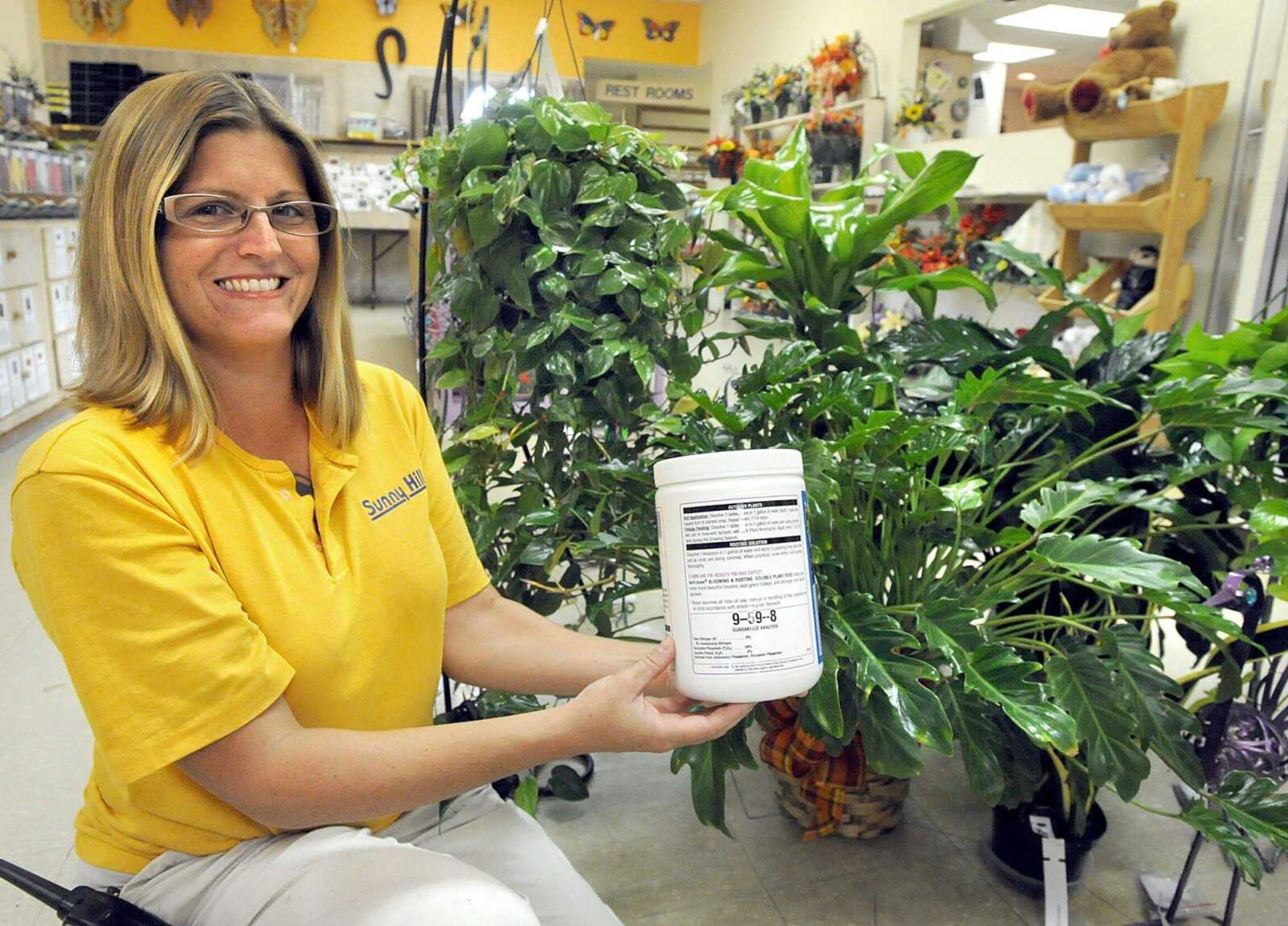In-house plants help remove toxin
The week of Sept. 16 through 22 has been designated as National House Plant Week. I am not sure who made the designation, but I like the idea because of all the benefits that house plants afford us. When I enter an office, mall or home and see house plants I just feel a little more at ease. They remind me of nature. I enjoy being outside and smelling fresh air...
The week of Sept. 16 through 22 has been designated as National House Plant Week. I am not sure who made the designation, but I like the idea because of all the benefits that house plants afford us.
When I enter an office, mall or home and see house plants I just feel a little more at ease. They remind me of nature. I enjoy being outside and smelling fresh air.
In addition, flourishing house plants tell me something about their owner. They want to make a difference in this world by caring for someone or something other than just themselves.
NASA also discovered something quite interesting. When studying the atmosphere inside a space station, they found that house plants remove toxins (smoke, detergent fumes, molds and bacteria, among others) from that atmosphere. Obviously an astronaut can't step outside for a breath of fresh air.
In photosynthesis, plants consume carbon dioxide from the atmosphere and use it to produce sugars, while releasing oxygen. In the process, atmospheric toxins are also filtered out of the atmosphere. You will find if you tend house plants correctly, you can breathe a little easier inside.

There are all kinds of lists of house plants that will improve the quality of life and air in your home or office. Some of the common easy to care for plants on these lists are rubber plant, corn plant, philodendron, peace lily and snake plant (mother-in-laws tongue).
If you are repotting one, place it in a pot that has drainage holes in the bottom. Make sure that you place it in a pot which is only one to two inches larger than the pot the plant comes out of. Use a good grade potting mix when repotting the newly purchased house plant.
Do not put a small plant into a large pot. If you do, you will have difficulty watering the plant correctly. More than likely you will overwater the plant and will lose it to root rot.
After repotting, water the plant profuse with a solution of 9-59-8 to encourage the newly potted plant to grow roots rapidly into the new potting soil. Use the same fertilizer on a monthly basis for about 3 months.
For continued maintenance, alternate the monthly fertilization between the 9-59-8 and a 20-20-20. This combination will promote both top growth and root growth.
I like to buy house plants in a grower pot and just place the grower potted plant in a pretty pot without holes in the bottom. Or you can place the plant in a pretty designer pot with holes in it and then place it on a saucer. This eliminates all of the repotting hassle.
Most of the plants I have listed are low-light plants so they can be placed anywhere in your home. On the other hand, they do much better if you can place them where they get as much diffuse light as possible. A bright east or north window works well.
If you don't have good light from outside, you may want to invest in a grow light. Be sure that the bulb emits wavelengths similar to that of the sun. The light package should tell you how the light quality compares to that of the sun.
Place the grow light as close to the plant as possible. On the other hand, make sure the light does not burn the plant foliage.
If you have a friend who needs a little "bucking up," celebrate National House Plant Week by giving them a nice house plant. Suggest they talk to it daily, and maybe play some easy listening music for it occasionally. Their pet plant will respond with a flourish.
Send your gardening and landscape questions to Paul Schnare at P.O. Box 699, Cape Girardeau, MO 63702-0699 or by email to news@semissourian.com.
Connect with the Southeast Missourian Newsroom:
For corrections to this story or other insights for the editor, click here. To submit a letter to the editor, click here. To learn about the Southeast Missourian’s AI Policy, click here.











